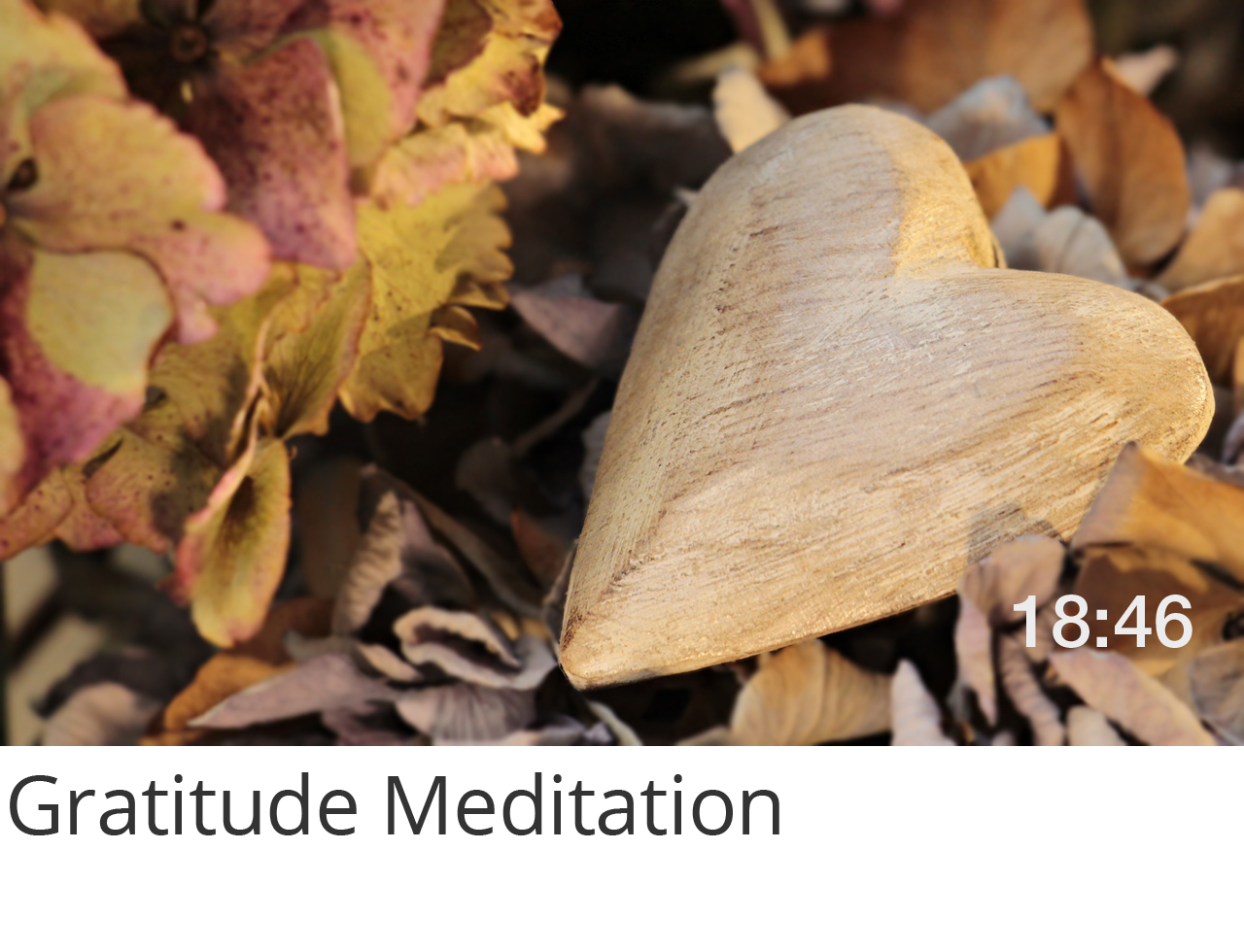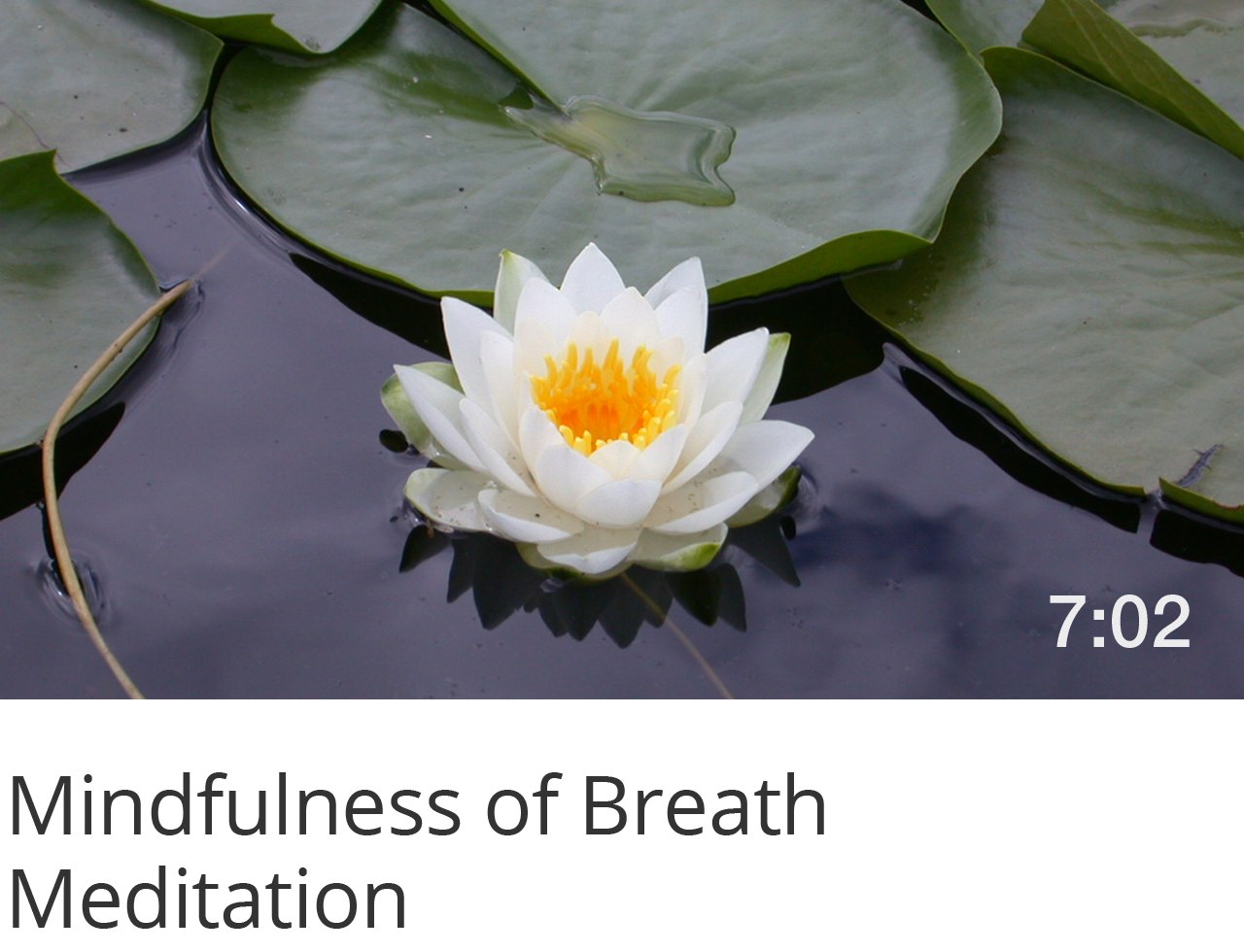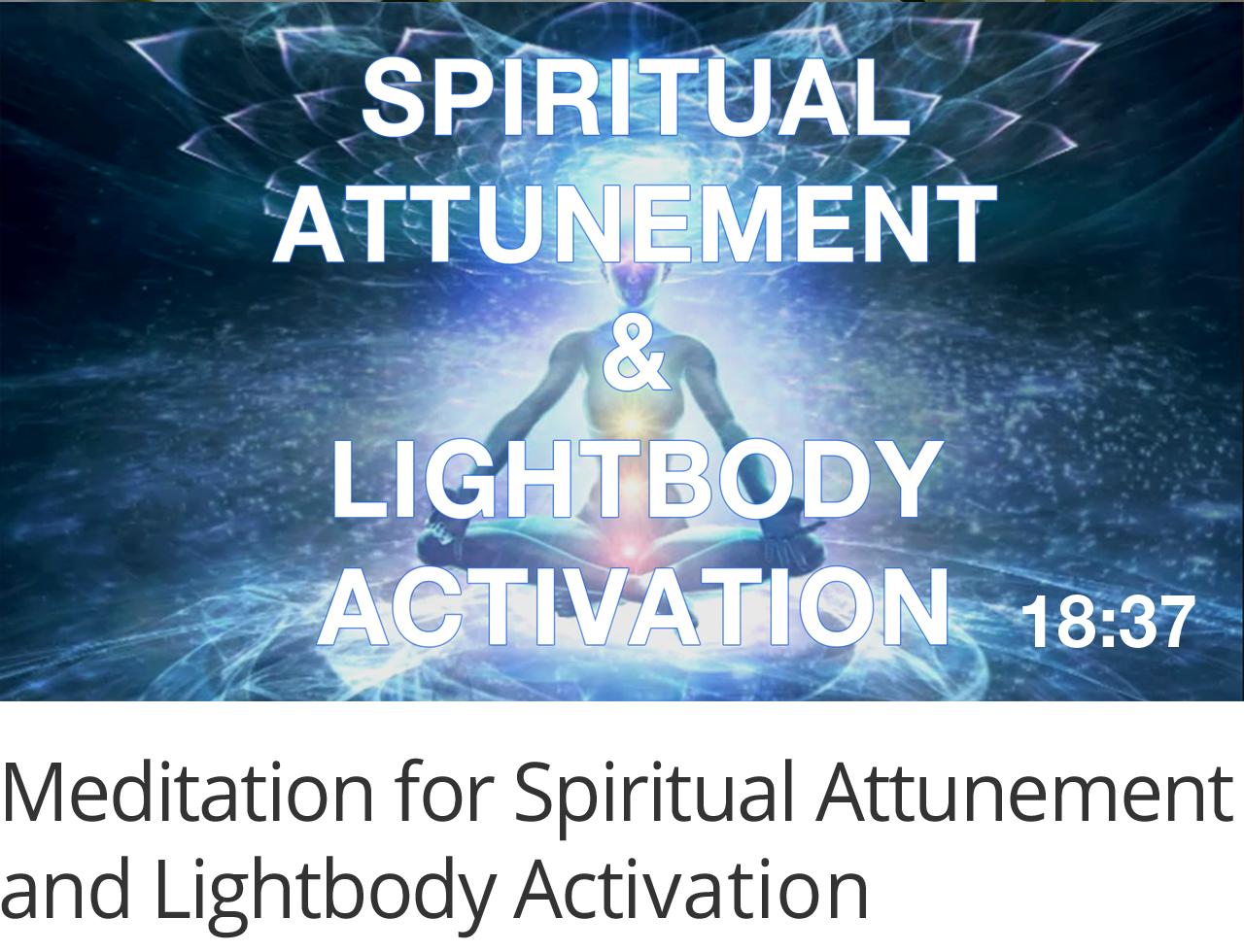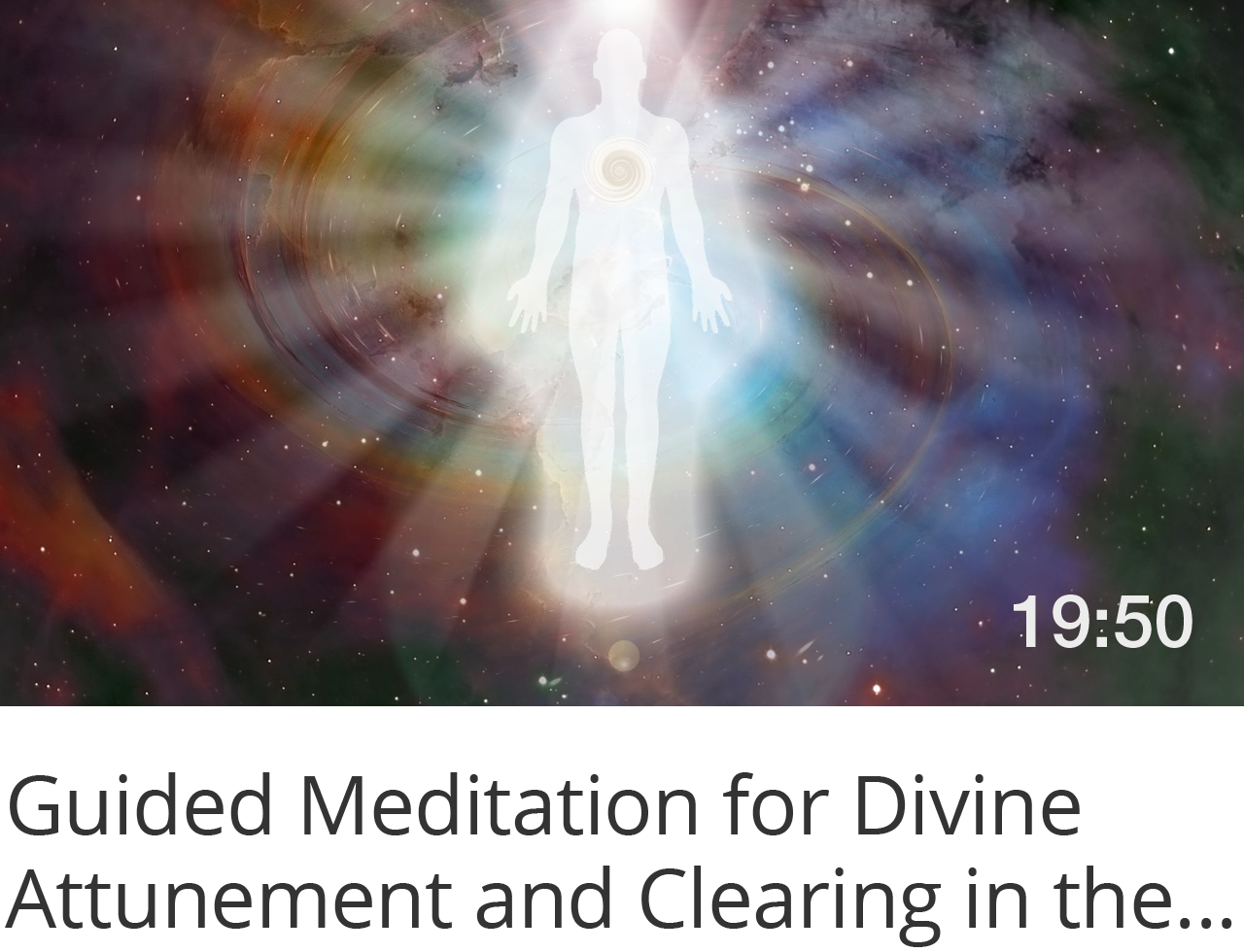Resource efficiency is an important aspect of green living and sustainability. Resource efficiency is one of the natural effects of being present to our natural environment and its ecology through mindfulness. The waste of resources, like the use of non-renewable or toxic resources, is a behaviour that occurs when we lack mindfulness and are dissociated from our ecological self and the greater whole. We might, for example, not think to recycle, or to switch off electricity when not in use, or to insulate our home, or to buy in bulk when we shop for food. We misperceive these omissions as little things because we lose awareness of their cumulative and collective effect, and so devalue their significance. However, millions of people who save electricity just by switching a light off when not in use each day will make an enormous, significant difference to resource sustainability. Practising a positive solution, as if others are doing the same, is the fastest way to get ourselves out of a world crisis. It breaks our own apathy and action-paralysis, and makes collective action more likely.
Embracing Our Ecological Self is the Key
Our ecological self is our deeper, wider sense of self, connected with all other life, including the natural environment. We awaken to it when we realise that we are defined as much by our connections as by our centre. When we identify with our natural environment because it is part of our ecological self, and are more fully aware of the impact of our use of resources on the ecosystems that sustain us, we will naturally choose to practise resource efficiency. This is because we are seeing the complete circuit of cause and effect, in the real world, rather than just the fragments of reductive thinking, or the economic activity in our bank balance. We are also identifying with the life that sustains us, rather than abstracting from that life and calling this abstraction a resource, which is a symptom of our ecological dissociation.
There is a difference between having a bare ecological awareness and identifying with our ecological self. The former is just a rationalisation and an objectification of the natural world. The latter is an experience of the natural environment as an extension of ourselves. What we identify with we experience more deeply, and value more, as an extension of our self. What remains a rationalisation can lose way to other ideas and fade in importance, and will only ever be thought rather than lived.
When we embrace our ecological self, resource efficiency naturally follows with more mindful activity. We will, for example, better insulate our home so that we use less firewood in our wood-burning stove, in order to impact the habitats of woodlands less, and benefit from the value of more thriving and diverse woodland habitats, and the ecological services that they provide. We better insulate our home not only to save money—which is a rational justification—but also because we experience and honour the woodlands and their life as part of ourselves.
Resource Efficiency by Reusing and Recycling Resources
The practice of reusing and recycling reflects how resources are reused in nature, where waste materials from one natural process—such as fallen leaves—are the resources for other natural processes—such as soil generation. Nature reveals resource efficiency at work everywhere—except when we interrupt it through our anti-ecological practices.
Production processes can be redesigned so that waste processed from one production process become the resource for another production process. A classic example of this is with the harnessing of waste heat. However, with a little ingenuity, a whole-systems approach, and the cooperation of stakeholders to form a zero-waste community, all of our essential products can be produced with a zero-waste approach.
The most sustainable zero-waste approach is always the one that reuses rather than recycles. Why? Recycling takes more energy to transform the resource than mere reusing.
What can you reuse today?
Resource Efficiency by Conserving Resources
Resource efficiency implies minimising or eliminating waste. We can eliminate resource waste by not using resources unnecessarily. Switching off our appliances and lights when not in use is a simple way of reducing our impact on ecosystems. Leaving our appliances and lights switched on is partly an act of unconsciousness or inattention, partly a misunderstanding of the effects of doing so, and partly a symptom of being cut off from the ecological process of energy generation.
The current practice of wasting half of all food produced in the world is a symptom of the same sort of dissociation, as well as of allowing businesses and governments to mediate our food supply in an oversized, centralised economy. In a local community where community members grow their own food, the link between a person and the food they eat is shortened to a scale that is small enough for them to know the ecological effects of their food production and consumption, and to take responsibility for it.
Resource Efficiency Through Efficient Product Design
Resource efficiency increases when the products and appliances that use resources are made more efficiently. New technology and ecological designs can enable appliances to use less power and produce less waste. Look out for these. For example, energy-saving light bulbs can be used in place of incandescent light bulbs, although work needs to be done to reduce their toxicity. Buildings can be designed more efficiently to harness passive sunlight so that electric lighting and heating appliances can be used less. Cars can be designed for greater fuel efficiency by reducing their weight and using better aerodynamics to minimise drag. As a designer we always need to think in the context of our ecological self. Doing so will naturally increase resource efficiency.
Resource Efficiency Through Better Organisation and Mindful Choices
Better organisation of our activities, and mindful decision-making can ensure that we use the most appropriate resource for a task, in the most appropriate way. For example:
- walking or cycling when a car journey is not necessary
- using a clothesline to dry clothes when using a dryer is not necessary
- wearing thicker layers of clothing when increasing the room temperature is not necessary
Better organisation of our thinking, and making more mindful decisions by being informed of the ecological costs of our activities, also ensures better resource efficiency. Examples of this are:
- servicing heating appliances
- using thermostatic radiator valves to reduce the flow of water through radiators when they reach the required temperature
- driving a car smoothly, without over-revving, with the correct tyre pressure, to improve fuel economy
- eating more plant-based foods to reduce the need for animal crops and ranches
- combining all of our errands and shopping trips in a single journey
Effective organisation as a community can increase resource efficiency by:
- sharing resources
- sharing vehicles with others and car-pooling
- buying and selling in bulk and concentrated form
- localising everything to reduce travel distances
Resource Efficiency and Mindfulness
Resource efficiency is clearly linked to mindfulness. Mindfulness is the practice of consciously directing our attention on our experience in the present moment, and encourages us to be present, rather than to dissociate into our stream of thoughts and desires. With mindfulness we stay present to our natural environment through our ecological self, to live wisely through sustainable living and resource efficiency.
One of the problems of living sustainably and practising resource efficiency is our tendency to get pulled into the reactive mind, particularly when we are dominated and entranced by the spectacle of materialism. This means that the importance of the Earth is demoted so that our reactive, ego-based desires take precedence as we dissociate from the greater whole of our ecological self. This is destructive. Mindfulness halts this dysfunctional practice by restoring our power to choose between reactivity and authenticity, and by restoring our ability to stay embodied in our ecological self.
For example, with mindfulness we can become aware of how our resistance to ecological living has its roots in the reactive fear of responsibility, and the reactive desire to stay addicted to the dopamine hits of the spectacle of materialism. Rather than be unconsciously caught up in this reactivity, mindfulness teaches us to come back to our centre and to free ourselves of our reactive mind so that we can make authentic, sustainable choices and follow through with them.
Mindfulness also opens us to compassion and gratitude. These are two important keys to honouring and valuing the gift of our natural world. With compassion we wish to relieve the suffering of all life, and with gratitude we awaken to the blessings of the natural environment that not only sustain us, but gift everyone with its beauty and magic. Resource efficiency relies on the motivation of compassion and gratitude for its full effectiveness. With compassion we will not wish to cause suffering through unsustainable living, and what we are grateful for we will be less likely to dishonour and waste.
Like this article? Spread the word by sharing the link.







